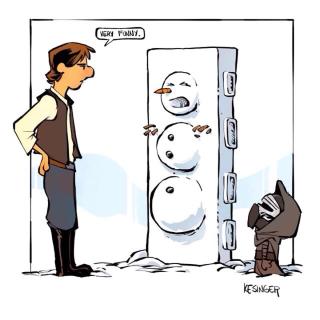Utah Water Supply Outlook - January 1, 2023

What a great start to our winter snowpack season! As of January 1st, the statewide snow water equivalent (SWE) measured at our SNOTEL sites was 153% of normal, with all major basins above 135%. It’s fantastic to see the entire state doing this well! Statewide SWE was 8.9” as of January 1st, suggesting that Utah only needs to receive about 5.4" additional SWE this winter to reach "normal" peak snowpack conditions, with about 90 days to go. The San Pitch, Price-San Rafael, and Tooele Valley-Vernon Creek regions are faring the best at ~170% of normal SWE or higher, though several other basins are close behind. Since January 1st, significant storms have impacted Utah, so these numbers have continued to climb through the first week of 2023. Happy New Year, Utah! With storms forecast at least through mid-January, it is increasingly likely that we will end up with greater-than-average snowpack conditions by the end of March.
Precipitation has been strong the last few months, which is reflected in the 123% of normal water-year-to-date precipitation value for Utah as of January 1st. December precipitation was well above normal at 161% of median! As of January 1st, all of Utah’s major watersheds are above 110% of normal precipitation for the 2023 water year.
Statewide soil moisture is at 49% of saturation. While slightly lower than last year, this is still above normal for this time of year, which bodes well for our runoff season. Based on current soil moisture conditions, we expect that a normal proportion of the water stored in our snowpack will make it to our streams and reservoirs instead of the large headwater losses we saw a couple runoff seasons ago due to the historically dry soils at that time.
As a result of all the factors listed above, streamflow forecasts for April to July snowmelt runoff volume are quite high—between 98 and 291% of normal. However, January 1 forecasts have significant uncertainty compared with those issued during spring months (closer to peak snowpack conditions) and are meant to be advisory only. Recall, for example, last year’s January 1 forecasts (which were optimistic and reflected a similarly excellent start to that snowpack season) compared with the April 1 predictions (which had dropped substantially due to the extended dry period we experienced last January and February). Still, we have reason to be hopeful that this year’s forecasts will continue to be for above-normal flow. NOAA’s Climate Prediction Center’s outlook includes above normal precipitation for January, so let’s hope they are proven correct, and that the snow keeps falling all winter!
Utah’s reservoir storage is currently only at 45% of capacity, down 5% from this time last year. This storage level reflects several recent years of generally poor hydrologic conditions—especially snowpack and (until recently) soil moisture. With both of those parameters above normal right now, we are optimistic that the snowmelt runoff from this winter’s snowpack will move the needle in the other direction and help some of our reservoirs rebound from current levels. Surface Water Supply Indices (SWSI) for Utah basins combine our current reservoir levels with the additional volume of water anticipated for each watershed based on these January 1 streamflow forecasts. Some areas of the state with significant ground to make up (due to large amounts of depleted reservoir storage) have low SWSI values, such as the Provo and Lower Sevier basins. Other areas have much higher SWSI values, such as the Smith Fork, Blacks Fork, Moab, Woodruff Narrows, Weber, Little Bear, Price, Beaver, and Virgin River watersheds, which are all above the 60th percentile. That said, please recall that January 1 forecasts are meant to be advisory only; forecast accuracy improves as we approach peak snowpack accumulation (typically near April 1st).

